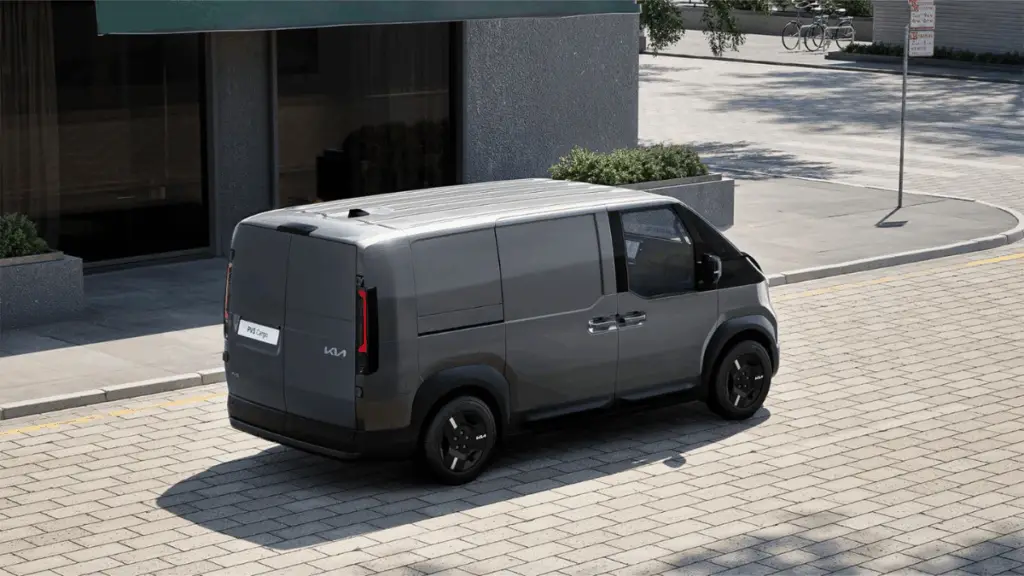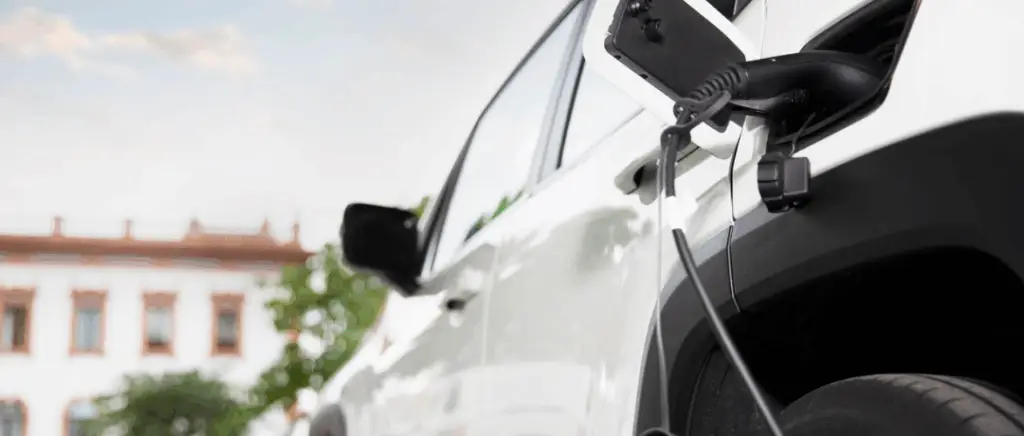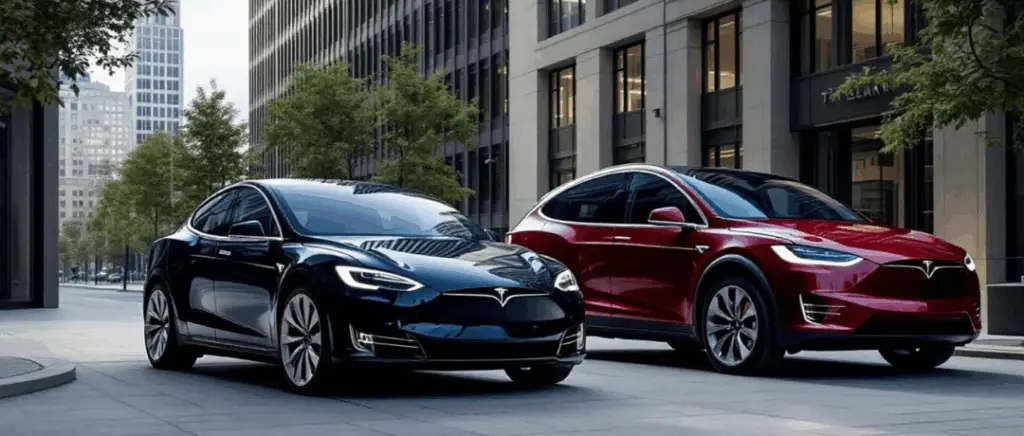What are the electric cars with the greatest autonomy ? Thanks to market growth of the electric car and the growing commitment of car manufacturers, there is now a wide choice of electric vehicles. electric cars. Several models are now capable of driving more than 400 km without recharging.
With more than 5.1 million electric vehicles on the road all over the world, this type of car is becoming increasingly popular. Today's infrastructures and households are influenced by the expansion of electric vehicles, which will only continue to grow in the future. By 2020, it is estimated that almost1 million electric cars sold worldwide, and this figure is set to rise to 7 million by 2025.
If you do not yet have a electric vehicleNow is the time to take a look at the existing models. When it comes to choosing your electric vehicle, you're probably looking at design, features and, in particular, driving range. Is it the range of electric vehicles that is putting you off buying one? Don't worry, we've put together a list of the 10 electric cars with the longest range.
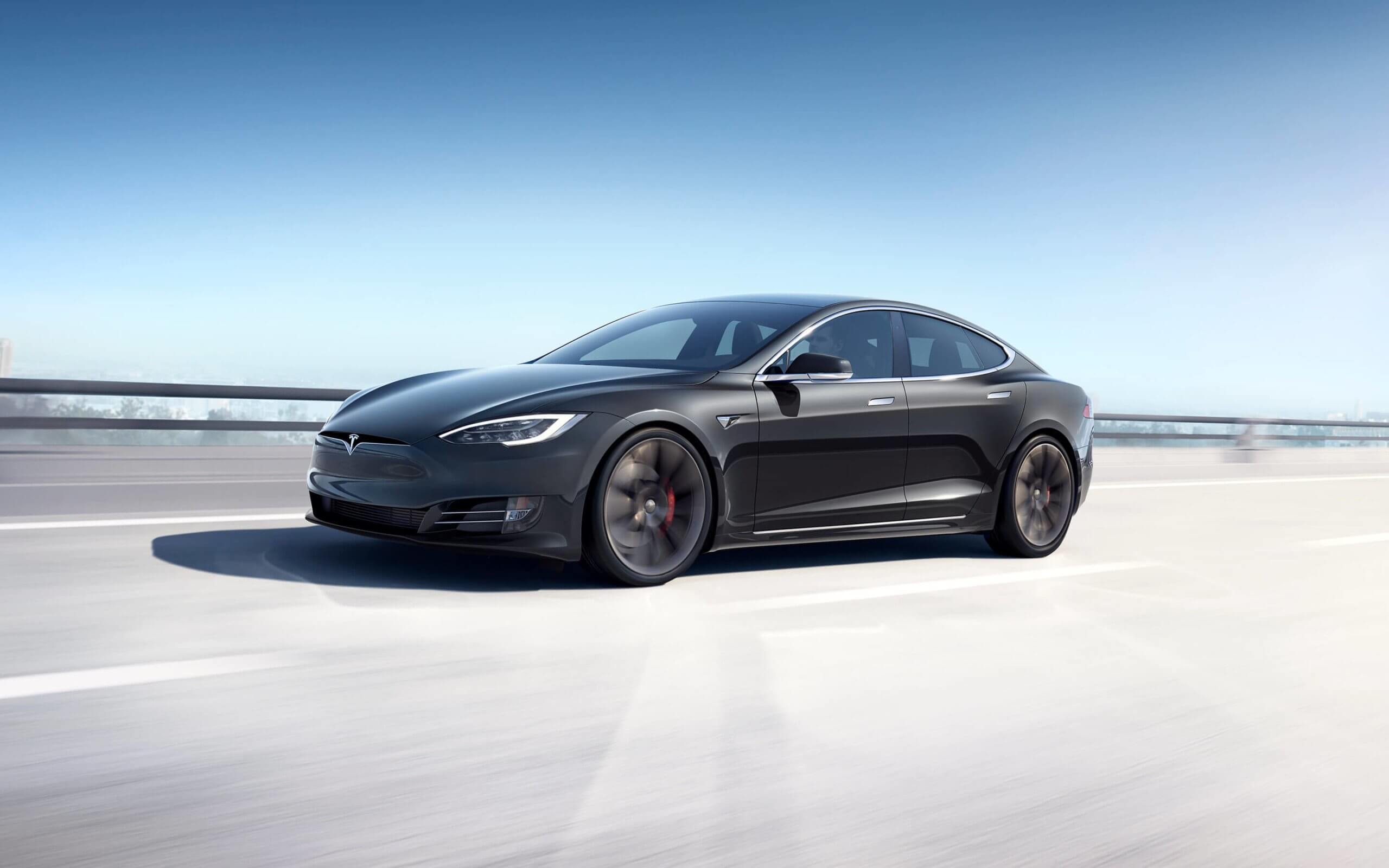
What is the range of an electric car?
It's a fact that electric car is developing more and more, thanks in particular to new and increasingly strict standards for manufacturers from theEuropean Union.
Today, the electric car is at the heart of carmakers' strategy, as it represents the future of the sector. From 2021, cars sold in the European Union will have to emit no more than 95g of CO2 per km, compared with 130g/km today. Carmakers are betting on the electrification of their ranges, enabling the sector to grow from strength to strength and bring more choice to users. What's more, from 2040, the sale of combustion-powered cars will be banned in France.
After price, range is one of the most important criteria when it comes to buying your future electric vehicle. For a electric carAutonomy is the sinews of war. Ideally, the vehicle should be able to meet the needs of its driver, i.e. to make journeys without hassle, but also to reassure the buyer. Nobody wants to fall off broken down in the middle of the motorway because it forgot to charge!
According to a study conducted by AVERE (National Association for the Development of Electric Mobility)In France, 60 % of people would be tempted to go electric, but only if the car could go 500 km, while 40 % would like to be able to go even further on a single charge. What's more, for more than half of those surveyed, insufficient range is still a barrier to purchase, ahead of the price (41 %). But what's really going on?
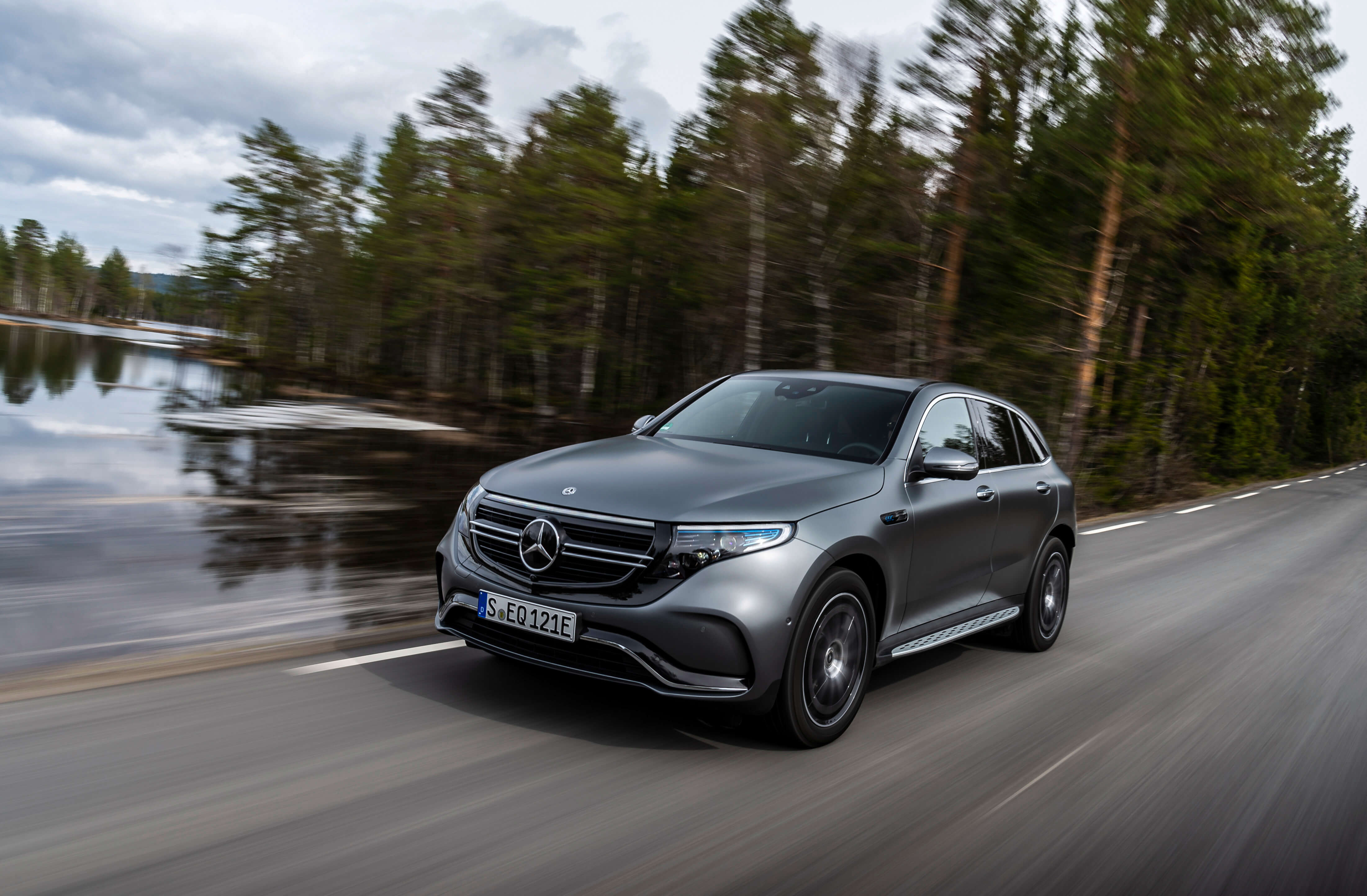
How do you choose the right range for your electric car?
Often seen as an obstacle, range is one of the criteria that can strongly influence the purchase of an electric vehicle.
Out of fear, electric car drivers are increasingly turning to long-range models, seeking reassurance about the capabilities of their electric vehicles. However, it's not always a good idea to opt for a long-range model. In fact, it will be more cost-effective for you to buy a vehicle that meets your real needs, especially if they are purely urban. In fact, the range of city cars The market for electric cars is becoming increasingly intense, leading to the emergence of new, more affordable models every year.
Often seen as an obstacle, range is one of the criteria that can strongly influence the purchase of an electric vehicle.
Out of fear, electric car drivers are increasingly turning to long-range models, seeking reassurance about the capabilities of their electric vehicles. However, it's not always a good idea to opt for a long-range model. In fact, it will be more cost-effective for you to buy a vehicle that meets your real needs, especially if they are purely urban. In fact, the range of city cars The market for electric cars is becoming increasingly intense, leading to the emergence of new, more affordable models every year.
Often seen as an obstacle, range is one of the criteria that can strongly influence the purchase of an electric vehicle.
Out of fear, electric car drivers are increasingly turning to long-range models, seeking reassurance about the capabilities of their electric vehicles. However, it's not always a good idea to opt for a long-range model. In fact, it will be more cost-effective for you to buy a vehicle that meets your real needs, especially if they are purely urban. In fact, the range of city cars The market for electric cars is becoming increasingly intense, leading to the emergence of new, more affordable models every year.
What is WLTP range?
The standard WLTP (Worldwide harmonized Light vehicle Test Procedure) is the protocol now in force for measuring the energy consumption and CO2 emissions of vehicles.
The procedure WLTP like the NEDC, is carried out at a research centre using a driving cycle simulator. However, the tests set up are different from the NEDC standard and are designed to determine the real autonomy of an electric vehicle in a driving situation.
The range of an electric car is not fixed, but varies according to a number of factors:
- Driving behaviour,
- Weather conditions,
- The weight of the vehicle
- Use of the vehicle's equipment.
For example, sporty driving will use much more range than city driving, which can give you up to 10% of range, depending on your driving style.
That's why using the ECO driving mode is so popular with drivers, as it reduces the power of acceleration and thus improves the range of your electric car.
The climate, particularly in winter, can also reduce the range of your electric car. Even if it doesn't affect the car when it starts up, for lithium-ion batteries it is advisable to leave your electric vehicle in an environment between -6°C and 29°C. However, more and more electric models are equipped with a management system that can control the temperature of the battery. battery so it can get through the winter unscathed.
⚠️ Good to know, Today, the ecologic malus is based on figures from the WLTP cycle for calculating the tax.
How do you choose an electric car?
How much autonomy do I need?
Today, the range offered by electric cars starts at 150 km and can reach an average of 500 km in the WLTP cycle, making it possible to meet the needs of different types of driver. Given that 82 % of Europeans travel less than 100 km a dayThis means that the electric car is compatible with most driving habits.
The blog Acti-ve takes this line of thinking further by using the example of the "Hired or bought removal van", offering an honest critique of drivers looking for the electric vehicle with the greatest range and performance without taking into account their real needs in terms of range.
"If you don't buy a lorry to move house, why do you buy a car that's designed to take you on holiday when most of the time you're under-using it?
Do you travel less than 50 km every day? There's no need to buy a car with a range of 1000 km. Treat yourself to an EV with less range and use the money left over to go on holiday and hire a range extender for the duration of the journey or a petrol tank for the duration of the stay. Don't forget to car-share.
Too expensive!! currently more than 4000 used electric car offers and fill up in 30 seconds at home".
" Adapt your individual mobility to your daily needs "
Knowing your needs
When buying a electric carIf you're looking for a model with a range that's twice as long as the number of kilometres you cover on a daily basis.
The average range of electric cars currently on the market is 150 to 600 km in the WLTP cycle, i.e. around 100 to 500 km in real life, which means it can be used for many everyday journeys, even if long-distance travel is always likely to be a problem for low-range models.
L'autonomy depends essentially on the capacity of the batteries The lithium-ion battery used in most vehicles ultimately replaces the petrol tank in internal combustion cars. The greater its capacity, the longer the range.
With the exception of TeslaMost electric cars will find it hard to cross France. The fault lies in the still limited autonomy on motorways and a network of charging infrastructures that is far from optimal. The electric car remains urban and suburban.
La electric car can nevertheless be adapted to most journeys. As a result, 82% of Europeans (77% of the French) drive less than 100 km a day. For most of these people, current electric cars offer sufficient range.
One way of covering longer distances is to use public charging points, in particular the fast-charging stations.
Today, battery technology is constantly evolving. develop and carmakers are pushing back the limits with increasingly comfortable ranges. Ford has just announced that its Ford Mustang Mach-E will have a range of 600 km, and the new model will be launched in the second half of 2020.
Choosing the range of your electric car?
When you buy or hire your electric car, we advise you to choose a model with a range close to your daily journey. However, you can also plan for a greater range in case of unforeseen circumstances.
Carmakers are well aware of this, and it is now commonplace to find an electric model with different engines. For example, the Kia e Niro is available with a 39.2 kWh giving it a range of 289 km on the WLTP cycle, as well as a battery of 64 kWh with a range of 455 kW on the WLTP cycle.
This makes it possible to diversify the range, allowing drivers to choose the model best suited to their needs.
This offer is also available on all models Tesla most often in two configurations:
- Long autonomy : offering greater autonomy
- Performance Focusing solely on the vehicle's engine and speed.
You can also find a third finish Autonomy Standard Plus much more affordable than the two previous finishes and perfectly suited to urban and suburban areas.
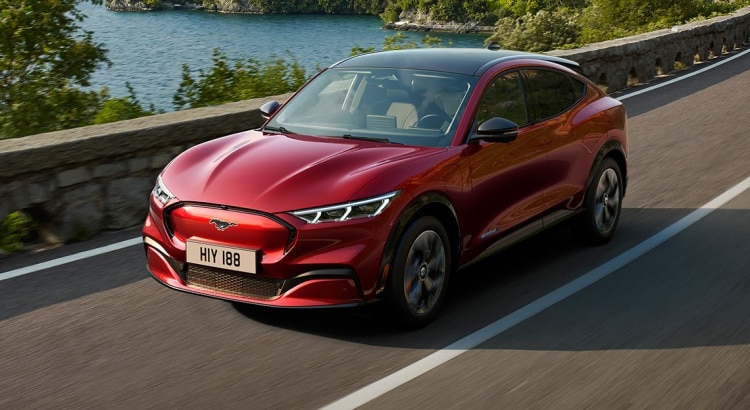
Factors that reduce independence
When we talk about the autonomy of a electric carIt's important to understand that there is not one autonomy, but many. Indeed, theautonomy depends on a number of parameters:
Here are some of the factors that affect the range of your electric car:
Driving style
Electric cars are very sensitive to driving style. Sporty driving will use much more energy than gentle driving. That's why eco-driving is particularly important when driving an electric car.
Speed
The faster you drive, the more electricity you consume - and the effect is exponential! For example, the Zoé ZE 40 and its 40 kWh battery can do no more than 130/150 km on the motorway, while it can do up to 250 km in city driving.
Living space parameters
While using the radio or headlights has virtually no impact on the range of an electric car, heating and air conditioning have a much greater impact. Depending on the model and how it is used, they can reduce the range by 20 to 30%. Some new-generation electric cars are fitted with heat pump heating systems, which consume much less electricity than conventional systems. Manufacturers are also tending to offer heated seats and heated steering wheels, which consume less electricity than turning on the heater.
Weather conditions
An electric car has no trouble starting up in winter, as you might expect. However, sub-zero temperatures have an impact on range, around 5%. What's more, you'll need to turn on the heating, which will have an even greater impact on autonomy.
Battery life
On average, an electric car battery lasts between 9 and 13 years. After a long period of use, a battery's performance can change. As a result of wear and tear, you can expect a loss of range of almost 10 to 15% after 5 years of use, according to specialists.

Top 10 electric cars with the longest range
We've ranked the electric cars with the best range for you, so that you can find out more or choose the electric car of your dreams.
Would you like to buy an electric car or find out more? We've put together a number of articles on the best electric cars 5, 7 seats or the best electric city cars. You may also be interested in.
Tesla Model S
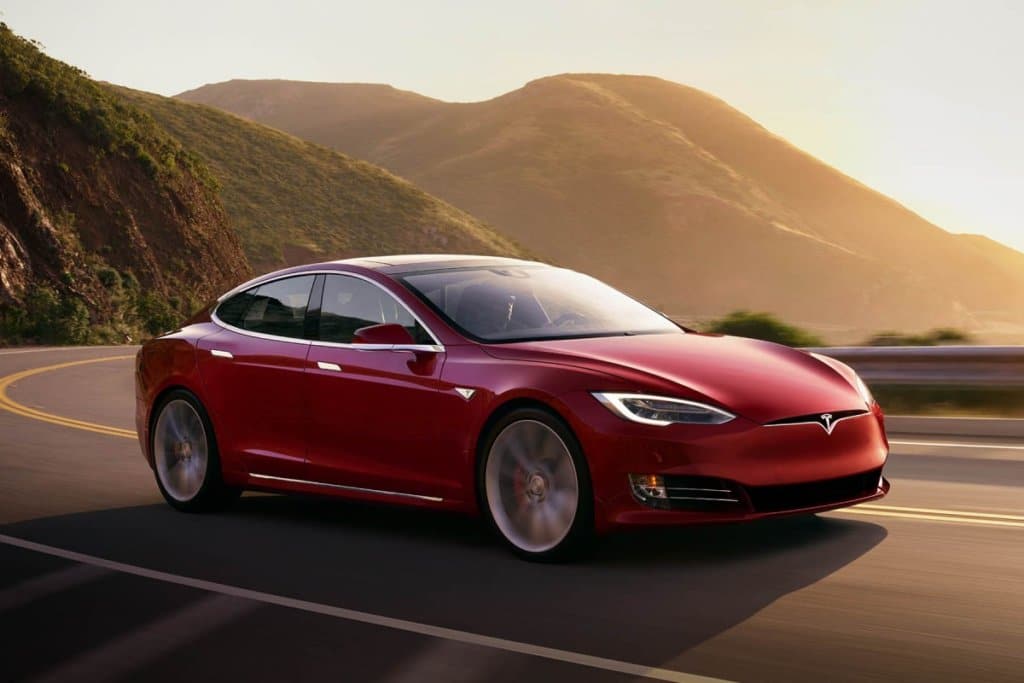
With a WLTP range of 610 kilometres, the Tesla Model S sits on top of the world. A true precursor of the new possibilities offered by electric power, the Model S accelerates from 0 to 100 km/h in just 2.6 seconds, with a top speed of 261 km/h.
Range: 610 km (WLTP)
💰Price: €91,000 (excluding environmental bonus)
🔌Slow charge (0 to 100%): 7h
🔌Fast charge (0 to 80%): 28 min
Ford Mustang Mach-E
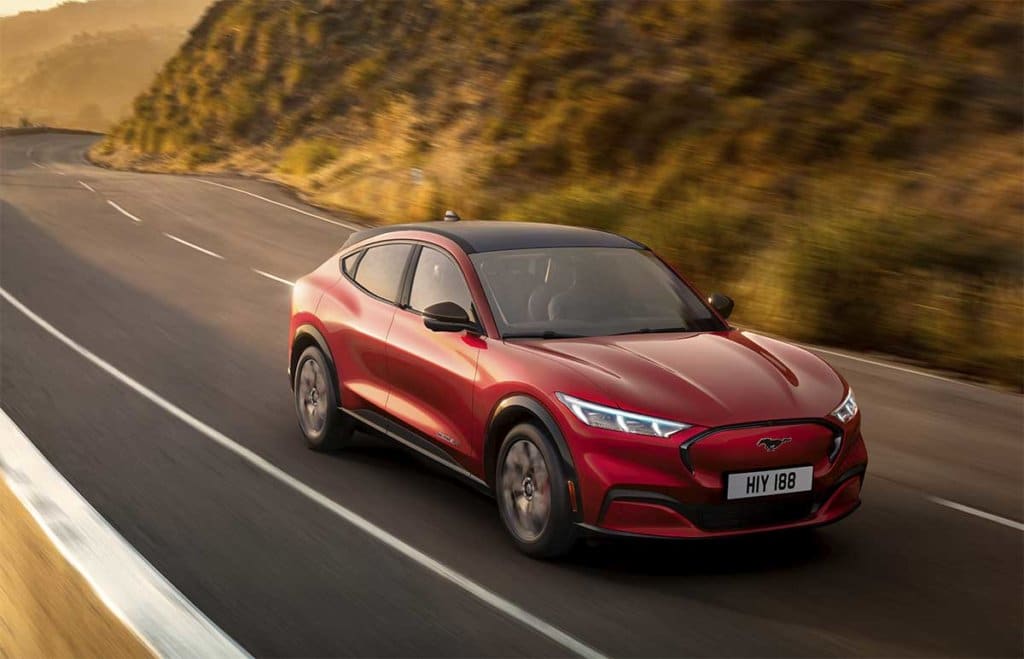
Part of the Mustang family, the Ford Mach-E is largely inspired by the lines of the legendary American model, but is distinguished by its full radiator grille. The Mustang DNA can be seen in the long, muscular bonnet, raised rear wings, sharp headlights and triple rear lights.
Range: 600 km (WLTP)
💰Price: €48,990 (excluding environmental bonus)
🔌Slow charge (0 to 100%): 5h
🔌Quick charge (0 to 80%): 30 min
🗓️ Availability: Second half of 2020
Tesla Model Y
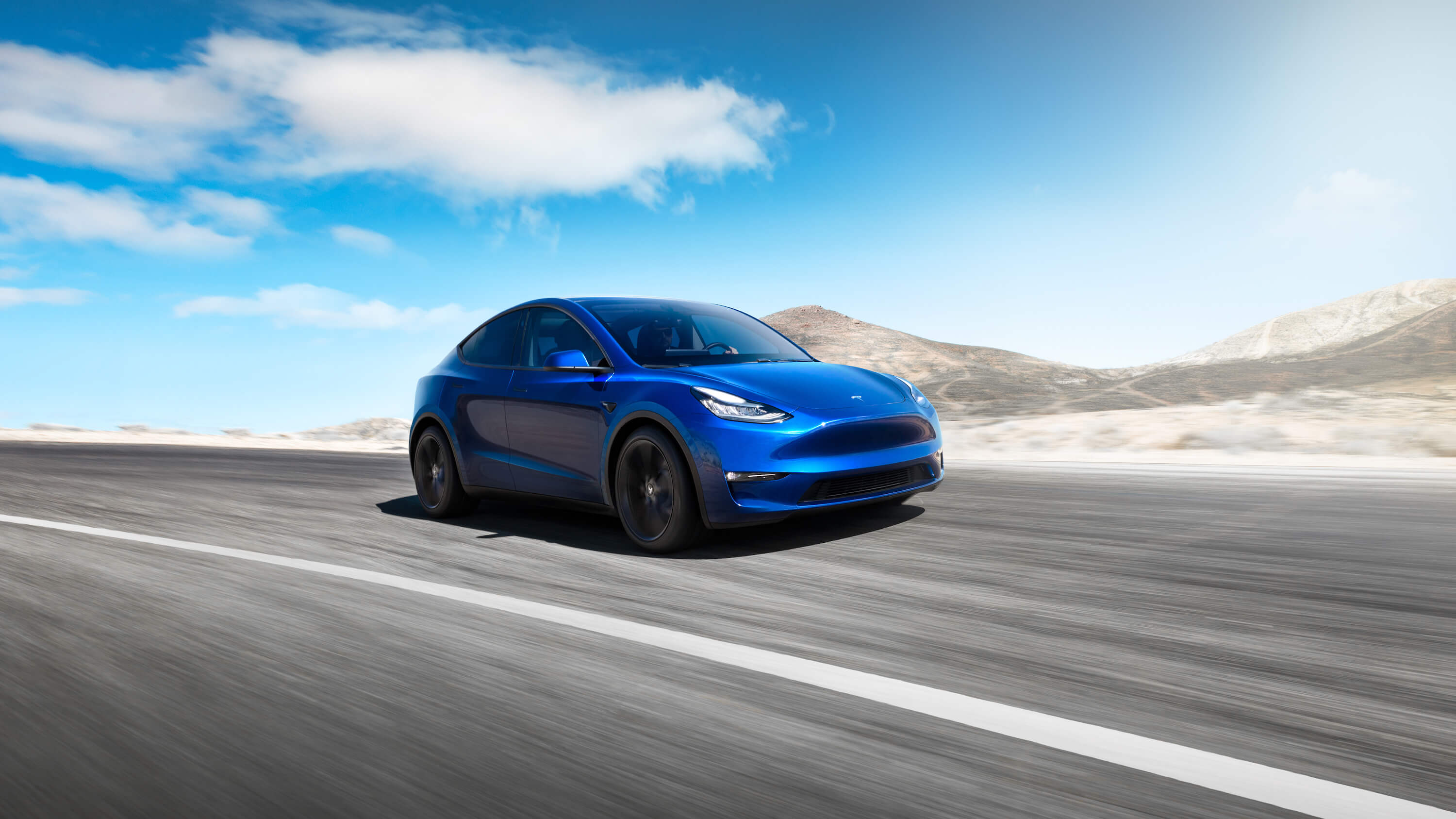
Fourth electric car from Teslathe Tesla Model Y is a 100 % electric crossover. The Model Y is extremely close to the Model 3 from Tesla with which it shares its platform.
🔋Range: 505 km (WLTP)
💰Price: €63,000 (excluding environmental bonus)
🔌Slow charge (0 to 100%): 7h41 min
🔌Fast charge (0 to 80%): 31 min
Polestar 2

The little sister of the Polestar 1, a plug-in hybrid saloon, the Polestar 2 is a 5-door saloon with a receding roofline. Based on the evolutionary CMA platform developed by the VolvoIt is considered to be the first electric car "the brand's mass market appeal.
🔋Range: 500 km (WLTP)
💰Price: €39,900 (excluding environmental bonus)
🔌Slow charge (0 to 100%): 4h30 min
🔌Fast charge (0 to 80%): 2h30 min
🗓️ Availability: Second half of 2020
Volkswagen I.D Crozz
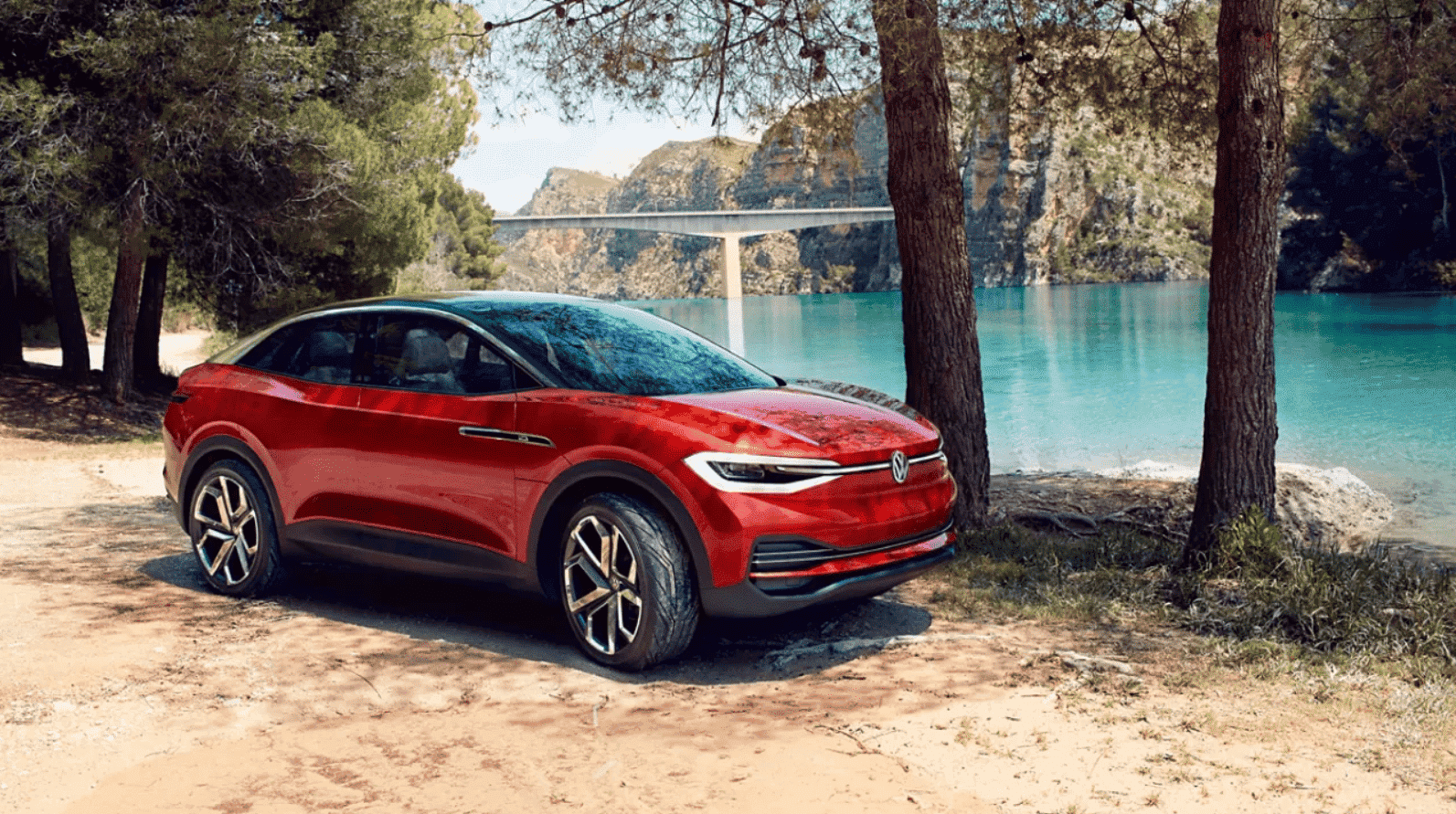
Developed on the basis of the German group's MEB platform, the Volkswagen ID. Crozz shares its platform with the compact Volkswagen ID.3.
🔋Range: 500 km (WLTP)
💰Price : NA
🔌Slow recharge (0 to 100%): NA
🔌Fast recharge (0 to 80%): NA
🗓️ Availability: No release date yet
Volkswagen ID.3 Pro S
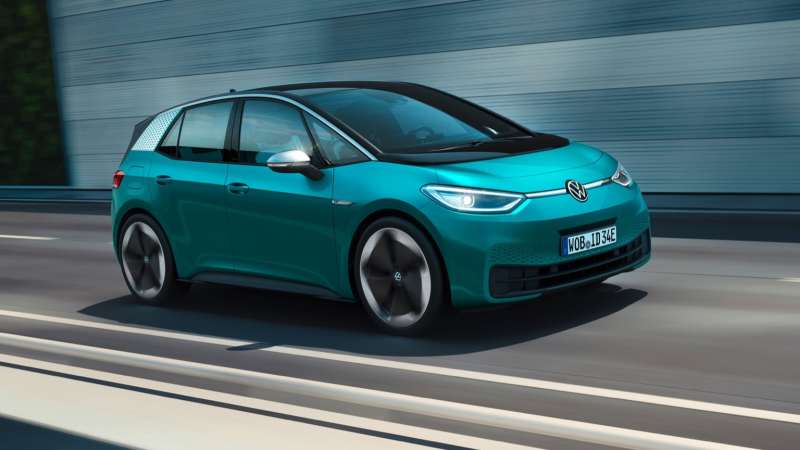
Revealed for the first time at the Paris Motor Show in September 2016, the Volkswagen ID 3 looks like a compact car. It is the first model from the German group to debut on the new MEB platform dedicated to electric vehicles.
🔋Range: 475 km (WLTP)
💰Price: €50,000 (excluding environmental bonus)
🔌Slow charge (0 to 100%): 8h min
🔌Fast charge (0 to 80%): 34 min
Jaguar i-Pace
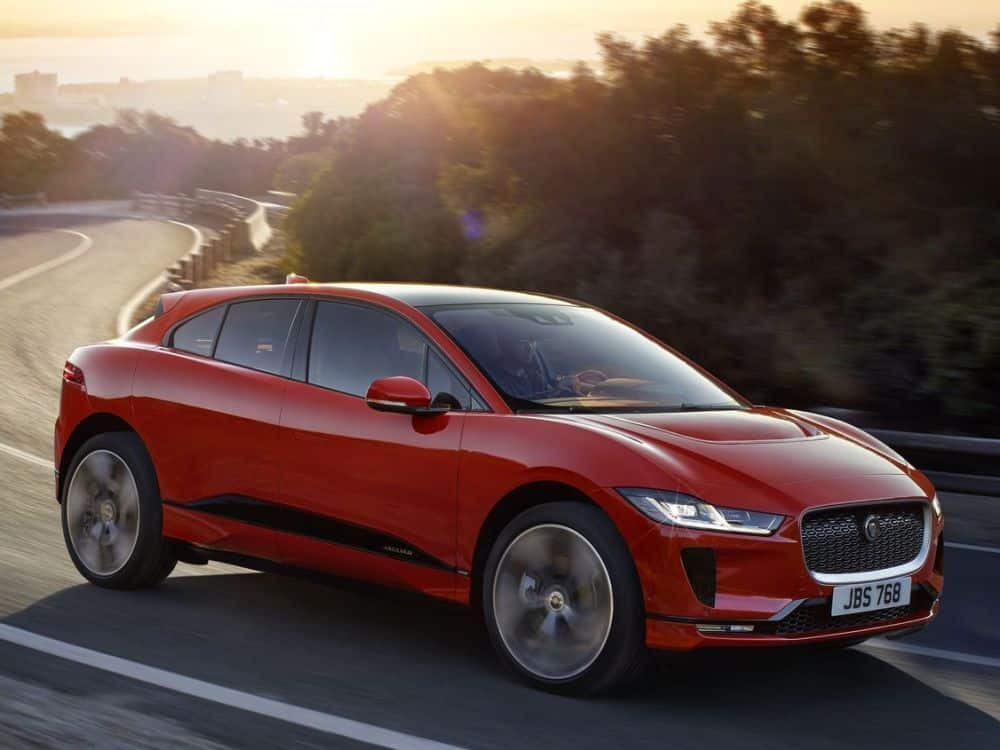
Le Jaguar i Pace is an all-electric SUV with a radical design. It is the first 100 % electric car that Jaguar has put on the road. It is also one of the first Premium electric vehicles other than Tesla.
🔋Range: 470 km (WLTP)
💰Price: €79,990 (excluding environmental bonus)
🔌Slow charge (0 to 100%): 13h30 min
🔌Fast charge (0 to 80%): 44 min
Kia e-Niro

Le KIA e-NIRO has an impressive range, which is one of the reasons why it is without doubt one of the best electric cars of its generation.
🔋Range: 455 km (WLTP)
💰Price: €42,500 (excluding environmental bonus)
🔌Slow charge (0 to 100%): 10h30 min
🔌Fast charge (0 to 80%): 44 min
Kia e-Soul
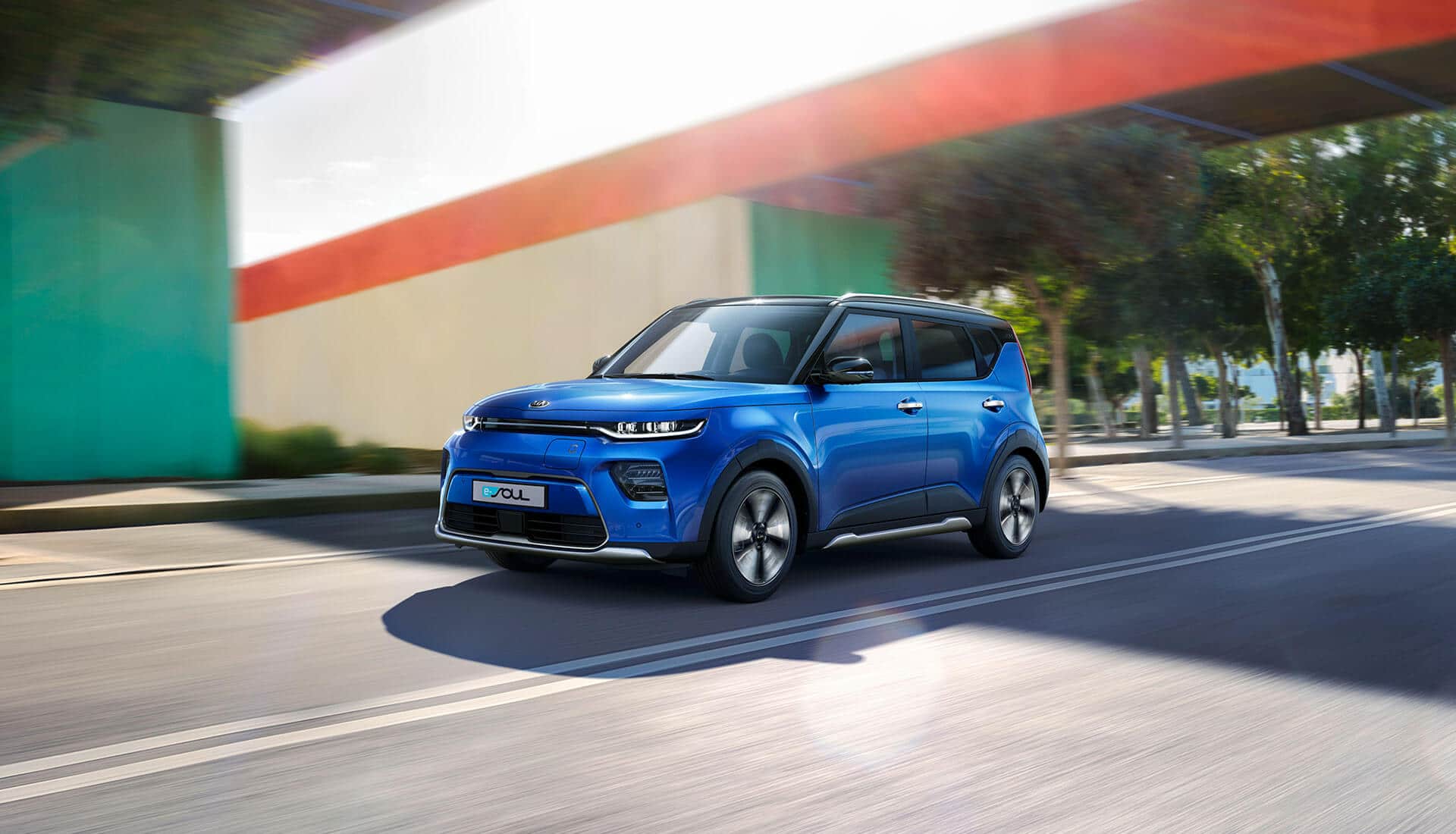
Le Kia e-Soul 64 kWh is an electric SUV 100% marketed in France by the Korean brand. It follows on from the Kia Soul EV. It is available in two versions: one with a 39 kWh battery and a second with a 64 kWh battery.
🔋Range: 452 km (WLTP)
💰Price: €41,300 (excluding environmental bonus)
🔌Slow charge (0 to 100%): 10h30 min
🔌Fast charge (0 to 80%): 44 min
Porsche Taycan
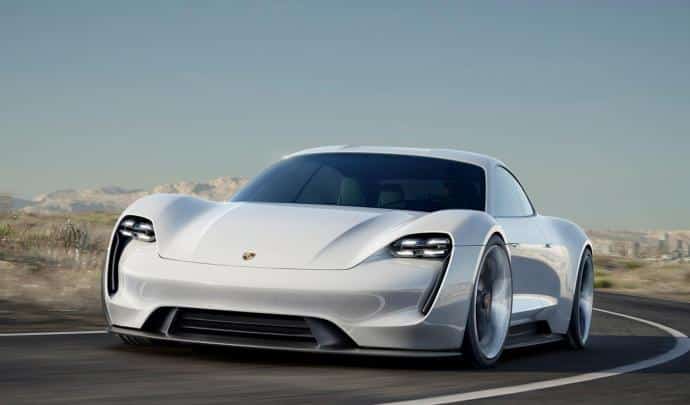
The brand's first electric car Porsche. La Porsche Taycan is an electric sports car capable of impressive performance. While some of its rivals, including the Tesla are criticised on this point, Porsche proved that the Taycan did not slow down even after 30 standing starts from 0 to 200 km/h.
Range: 450 km (WLTP)
💰Price: €155,552 (excluding environmental bonus)
🔌Slow charge (0 to 100%): 5h
🔌Fast charge (0 to 80%): 23 min
So you've got no excuses when it comes to finding the electric vehicle that's right for you. In fact, when it comes to electric vehicles, choice is no longer a problem. There are many models to choose from, with all the qualities needed to suit different types of driver. It's up to you to choose the colour, finish and make you prefer. It's up to you! 👋
Treat yourself to an electric car
👋Want to switch to an electric car? Beev offers multi-brand 100% electric vehicles at the best price, as well as recharging solutions.
Selecting an electric vehicle






























